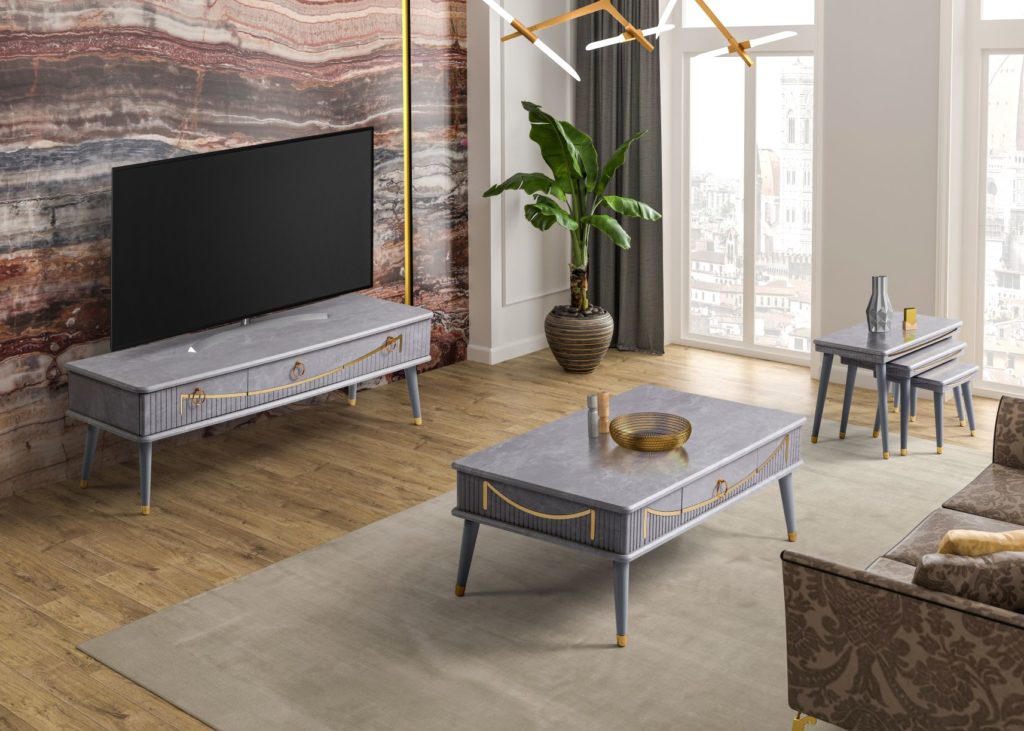
It is often very easy to distinguish a good timber floor from a bad one. However, when you consider the role of timber flooring in the design, things get a bit more complicated.
Technically, wood is a very straightforward building material, but it quickly gets mind-bogglingly complex when you mention species, colour, grain, finishes, or installation.
The main concern is, of course, aesthetics, but the choice of timber flooring also depends on how the floor will be used, the finishes, and the vision of the whole space.
Architects must consider all of these when designing an interior. For example, engineered wood flooring is not exactly solid wood, but it’s more suitable for underfloor heating. All these details are important when planning for the perfect home.

Timber flooring plank width
In the past, the standard was two-to-three-inch strips for nearly all hardwood flooring. However, nowadays, wider planks represent a more popular trend. They give a sense of luxury and space, inviting continuity and fluidity into a room.
As a result, the standard is now for four-to-six-inch planks; some designers are leaning towards seven inches or even more.
Wide-plank timber flooring will consist of fewer seams. However, with time, the wood expands and contracts, so these seams will become more prominent.
Wood grain patterns
Although the choice of grain pattern does not have an immediate effect in terms of structural stability or longevity, we should not underestimate its aesthetic effect.
Architects should be very descriptive in illustrating the material palette they want to use for the space. They should also be open to welcome insights on what grain patterns work best.

Broadly speaking, there are three different ways you can cut a timber log: plain-sawn, rift-sawn and quarter-sawn. Each of these produces three different grain patterns.
The most traditional wood grain, with its wavy patterns, comes from plain-sawn wood. The rift-sawn boards feature a more prolonged, rectilinear type of grain, similar to quarter-sawn boards.
Timber floor finishes
Whether it is wood stain, wax, or lacquer, wood finishes will definitely affect the look and feel of a floor.
Architects need to know all the options they have so they can make an informed decision.
Moreover, when purchasing planks, you can get them unfinished, so a professional can finish them on-site; you can buy them with a stain or topcoat pre-applied. In the latter, designers and architects will get to know what they’re really buying beforehand.
However, with an on-site finish, you have a great deal more control over the stain and how it is applied. You can customise the final product to your liking.
Different types of timber flooring finishes
The type of finish applied to the timber floors will enhance the final look of the grain and ensure its protection in the future.

| Mon-Fri | 8:00AM – 5:00PM |
| Saturday | 10:00AM – 4:00PM |
| Sunday | 11:00AM – 3:00PM |





.svg)
.svg)